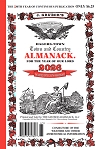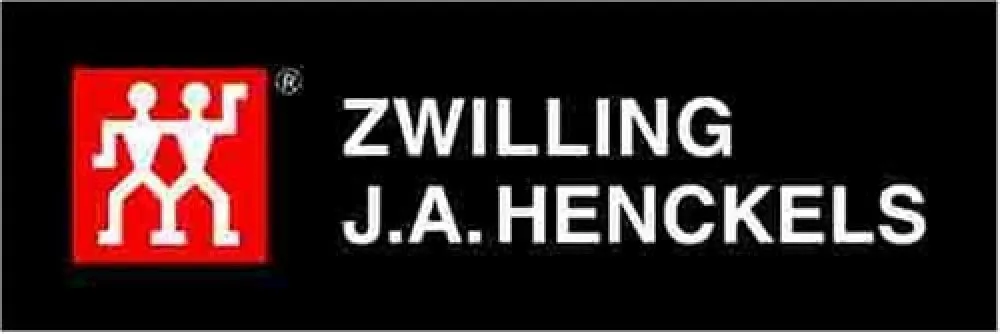John Gruber and The Star Spangled Banner Part 3
A
s legend has it, the song spread rapidly throughout the country, printed in numerous popular songsters of the day, quickly raising its status to a national song. Songsters were defined as song collections, usually pocket-sized, containing the texts of music-hall, patriotic, religious, and sometimes traditional songs. Songsters were cheaply printed and distributed in large quantities, often by manufacturers of medicines, tonics, or elixirs, by distributors of other consumable goods, or by popular stage entertainers. Sometimes they were produced by music publishers, and primarily available in sheet music format. Songsters printed in the 19th Century generally had paper covers and ranged from a few dozen pages to several hundred.
The Star Spangled Banner did quickly grow in popularity, but way slower than most think. It actually did not achieve status as a national song until sometime after the Civil War. This is evident when you trace its appearances in popular songsters of the day. While it appeared in many (‘The Star Spangled Banner’, Wilmington, 1816; ‘The New American Songster’, Philadelphia, 1817; ‘Bird of Birds’, New York, 1818; ‘The Songster’s Magazine’, New York, 1820; ‘American Naval and Patriotic Songster’, Baltimore, 1831), it did not appear in many others (‘The Songster’s Companion’, Brattleboro, Vermont, 1815; ‘The Songster’s Miscellany’, Philadelphia, 1817; ‘The Songster’s Museum, Hartford, 1826). This clearly indicates that for some years after its composition and first public performance, it was not so generally accepted as a national song as to necessitate its inclusion in every songster.
THE GRUBER CONNECTION
What is significant here, and pointed out by Sonneck in his report, is that though it appeared in many songsters, the VERY FIRST appearance of the poem as a song under the title, ‘Defence of Fort M’Henry’, was in ‘The National Songster’, Hagerstown, Maryland in 1814 with the direction that it be sung to the tune of To Anacreon of Heaven. This publication was the product of John Gruber, founder of The Hagerstown Town and Country Almanack! This has been corroborated by many bibliographies of American Songsters from 1734 to 1820.
In summary, John Gruber now holds three distinct places in American History. Not only is his almanac the second oldest in the country (actually, it is the ONLY almanac that is still owned and published by descendants of its founder!), the 39th oldest company in the United States, and now it was his 'National Songster' to be the VERY FIRST to include the song that would eventually become our National Anthem!
For more on JOHN GRUBER AND THE STAR SPANGLED BANNER, click here


















